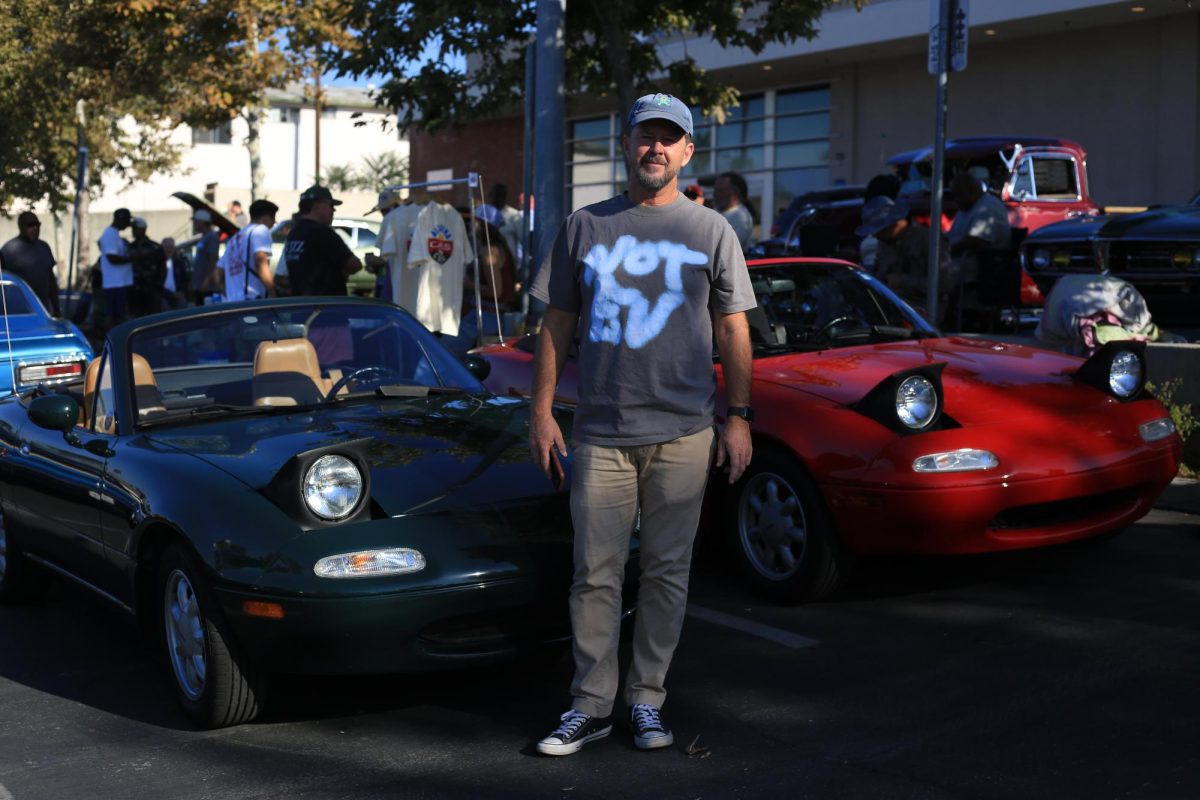When people think of the topic of film, they think about the power it has to influence, entertain, and create change. When it comes to creating change, the film industry in recent years has put an emphasis on constructing an environment of inclusivity to match the world around us. This recent emphasis is meant to reverse decades of underrepresentation dating back to the earlybeginnings of the industry. But has this new inclusion initiative generated change? More importantly, how have minorities, specifically Gen Z Latinos, come to understand the history of underrepresentation in film, and the role they will be playing to reverse this trend in the future?
For decades, Hollywood has been extremely exclusive, and has failed to represent minorities both on screen, and off screen. USC’s Annenberg Inclusion Initiative, which researches diversity within the entertainment industry, has collected enough data to track the trends in film. In a study looking at the 100 top-grossing movies between 2007 and 2022, it was found that only two Latinos directed the 100 top-grossing films in 2022. Overall, out of the 1,784 films looked at between 2007 and 2022, only 66 of the films were directed by Latino men, while five were directed by Latinas. Latino males accounted for 3.7%, while Latinas accounted for less than 1%.
Although these numbers can be discouraging for some, that hasn’t stopped Gen Z Latinos, like Enecon Tejada, from following his dreams. Tejada is a student at Cal State LA who is majoring in Television, Film, and Media. From a young age, he wanted to enter the industry. Films such as the action-adventure “Pacific Rim,” directed by Mexican Guillermo del Toro, captured his imagination and led him to believing this dream was possible. “At that point in time, something clicked in my mind because, to me, that was the culmination of my childhood and my future,” Tejada said. “That sense of creativity that really got me going cause… he was able to make this? Imagine what I can make.”
Although Tejada is extremely passionate about film, he understands that the lack of representation in Hollywood is unacceptable. Regardless of the statistics, he has always held the belief that he will endure and reach new heights. “But that type of thing never mattered to me,” Tejada said. “Just because I always told myself it doesn’t matter who or what I am, or what I look like. It doesn’t matter. I’m going to make my way to the top.”
Other students at CSULA, like Julius Jaramillo, 26, share Enecon’s love for film, but also realizes that underrepresentation in the film industry has always been an issue. “There has definitely been a lack of representation of us, by us. Some of the most famous examples in film history of Mexicans are white people playing them,” said Jaramillo. Films that have white actors portraying Latinos have had a lasting impact that people don’t forget. An example of a film that did this would be Bordertown (1935). In this film Paul Muni, a Polish Jew, portrayed Johnny Ramirez, a Mexican American from Los Angeles. For Jaramillo, it’s not enough to be aware of the past, but to rectify past mistakes. “On one of the last short films I did, one of the elements of the production that I was proudest of was that the team was primarily Hispanic.” Jaramillo’s goal is to continue working with Hispanics and be part of the change he wishes to see.
While the lack of Latino representation in the industry is a problem, another problem that has also persisted is the wrong type of representation. In the early days of Hollywood, Latinos were depicted in a dehumanizing way. Early stereotypical depictions of Latinos showed them as sex objects, like the Latin lover. Another early depiction that dehumanized Latinos portrayed them as banditos or criminals.
In the 21st century, these stereotypes still exist. For example, in the film, “End of Watch,” the main antagonists are a gang of Latinos from South Los Angeles. Hairam Ramos, 22, a public relations and advertising major at the University of SouthernCalifornia, discussed the stereotypes he grew up seeing. “I absolutely feel that the media has failed to represent Latinos adequately,” said Ramos. “I grew up watching movies and TV shows where I often saw us portrayed as stereotypes. Whether it was the male cholo or the Latina maid, it became exhausting to see. He added, “However, I believe that if we want to make long-lasting change, we must do it from the inside.”
Ramos felt the impact of these stereotypes and decided enough was enough. When he reaches the entertainment industry, he is seeking to change the narrative. In spite of all of the adversity facing Latinos pursuing their dreams, Ramos received the opportunity to gain some insight from Latinos inside the industry. Last Saturday, Ramos attended the Imagen Foundation’s 14th annual Influential Latinos in Media celebration in Los Angeles. The event celebrates Latino executives and their contributions to the entertainment industry.
Here, Ramos was able to connect with successful Latinos who were able to share their insight.
“It gave me hope to see so many Latinos thriving and celebrating each other for their amazing work in the industry. Did it give me hope or something to work towards? Of course… It truly was an amazing experience that I will never forget.”
The film industry has had a long history of underrepresentation and misrepresentation when it comes to Latinos. An argument can be made that it is still occurring today, given the research conducted by the Annenberg Inclusion Initiative. However, there are Gen Z Latino’s looking to create a more inclusive industry that reflects our reality. Gen Z Latino’s such as Tejada, Jaramillo, and Ramos are all paving different paths for themselves, but their goals are all the same: Get into the industry and make a difference.














king von • Jan 3, 2025 at 7:00 am
Nice!